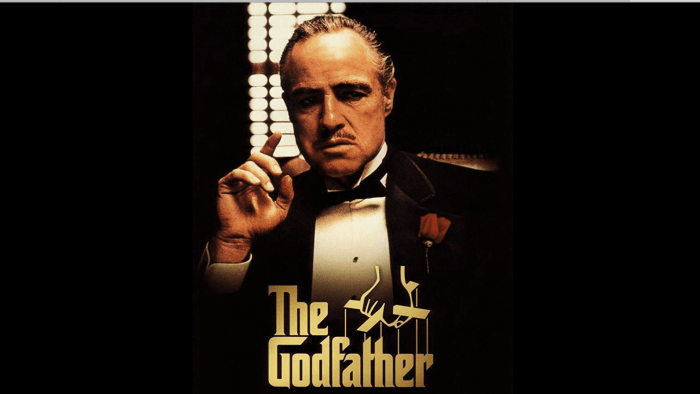If Nana was the heart of our family, I think it is fair to say that Zada was the spirit. The man I knew was in his 60s and had experienced his share of hardship but still had a zest for life. The stories he told and the stories told about him revealed a love of Chinese and Italian food shared with friends and family, a love of baseball and the racetrack, and a capacity to quote Shakespeare from memory despite not graduating from high school. My dad referred to him as a raconteur – an apt characterization. The recurring theme of his stories was that life was an adventure and you should make the best of it.
I grew up hearing the story of a particular time Zada took my mother to a baseball game – he followed both the New York Yankees and Giants. Noticing an ominous cloud on the horizon beyond the Polo Grounds, Mom pointed to it and asked her father if they should be concerned. Zada gestured to the blue portion of the sky and said she should simply look there. This was advice my mother took to heart. Zada was always looking at the bright side, even when that was difficult to do.
Another essential part of family lore involved the hurricane of 1938. Nana and Zada, as well as my mother and her sister (almost five and two years old respectively), were living in New London, Connecticut. Zada was working at his father’s bakery when a fierce hurricane of historic proportion came ashore without warning. Nana and the two girls had to be rescued by a Coast Guard boat that plucked them from their second floor apartment, saving them from the floodwaters that had already engulfed the first floor.
Zada, 34 years old at the time, left work and tried to make his way home during the storm. The wind was whipping at over 100 miles per hour and the rain was relentless. The Thames River had overflowed with a record tidal surge (a record that stands to this day) and was streaming through the streets. Zada clung to a statue of Christopher Columbus to avoid being swept away. Zada maintained that the statue saved his life.
Eventually he was reunited with his family, but they had lost everything to the storm. The bakery was destroyed, as was their home.

There were a number of family legacies of that historic storm. Zada started celebrating his birthday along with Christopher Columbus on October 12th . As a child I thought it was his actual birthday. Since Zada came to this country from Russia as a baby, his birth records were in dispute. While the actual Christopher Columbus may be in disgrace today, we are still grateful for the monument to him in New London. In fact over the years I have gone to visit it several times.

Another legacy of the hurricane was Nana’s distrust of the Red Cross. She believed that they unfairly didn’t allow her back to retrieve the family’s possessions from their second floor apartment. She saw her neighbors being permitted back in to get what wasn’t damaged, but she wasn’t given the same courtesy. She grieved the loss of mementos and photos of her mother who had died some years earlier. Nana, who gave to charity generously and regularly, would not contribute to the Red Cross. Our family continues to look for other ways to contribute when disaster strikes.
Zada was able to bounce back from the losses and disappointments. After some false starts, he and Nana rebuilt their lives in Brooklyn, buying a bakery that they ran for over 20 years.
Zada always seemed to be impervious to the weather in both the literal and metaphorical sense. I remember a near blizzard in Canarsie that added to the myth that surrounded him.
Zada was normally home from work at 3:00 pm. This particular day a winter storm was pummeling Brooklyn. When it got to be 5:00 pm Nana asked my uncles and brothers to go look for him in the park. They took gloves, a scarf and hat, knowing that he would have driven to work unprepared. The boys found him and offered him the gloves, scarf and hat, which he promptly refused. He was, after all, already wearing an extra layer, a yellow sleeveless wool vest. I saw him coming down our street. His gray wool coat was unbuttoned, flapping in the wind, his bald-head uncovered. Snowflakes caked his bushy brows.
As with the hurricane, he was at work as the storm worsened. Zada, now in his early 60s, decided to walk home from the bakery in Greenpoint. It was a long 7-mile trek across the borough, but he made it, bringing with him bags of surplus bread and other bakery items in case we were snowed in.
When he arrived, much to Nana’s relief, he was perplexed by her ministrations. She hovered over him, suggesting a hot shower and hot drink. He didn’t see it as any big deal – he had been through worse.
The Spilken family motto may be, as my grandfather said many times, ‘make the best of things.’ This was not a philosophy that came naturally to me. I have trouble looking at the bright side. As a freshman I was walking on the campus of SUNY-Binghamton in the fall of 1976 with my very good friend, Merle. She pointed to a particularly vibrant red leaf on the ground and exclaimed, “Look how beautiful!” “It’s dead,” was my pithy response. Merle just looked at me. To this day we laugh about our differing perspectives. Fortunately, I have Merle and Zada’s legacy to remind me that there is another way.



